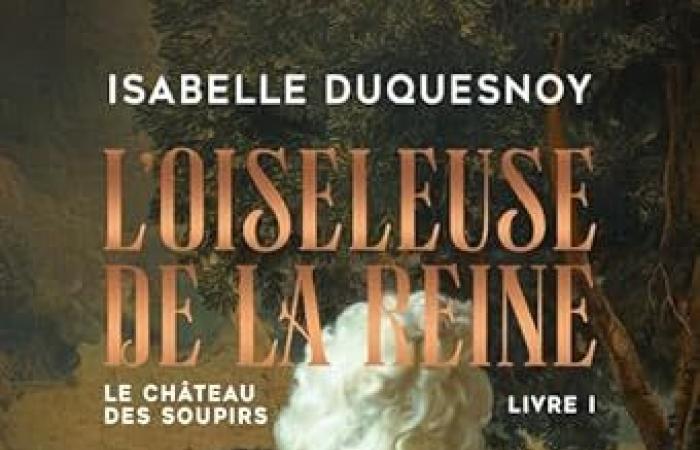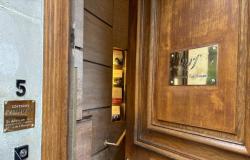Diving in the 18th century
When Liselotte Lissan, of bourgeois origin, married Baron Cadet de Beaupré, she entered the milieu of the small aristocracy which she did not know. From her marriage in 1786 to her flight from the castle in 1789, Isabelle Duquesnoy tells us everything in detail, which is a real treat.
Without wanting to detail the story, Liselotte will discover how to run a house, through her husband’s passion: bird breeding (from pheasant to ostrich but including the parrot which plays an important place in the story). ).
The place of women in this 18th century society is an important theme of the novel, because Liselotte will find herself first orphaned and therefore at the mercy of her brother, then married at the mercy of her husband and finally widowed, at the mercy of poverty.
We leave Liselotte as she flees the revolutionaries, with a sequel planned.
Here we find Duquesnoy’s style, without however the acerbic and raw side, which I missed a little, I admit. It’s a little smoother than usual, but it’s no less interesting.
“From birth, we are repeatedly told that only Heaven and the chances of birth deal the cards. (…). Don’t tell anyone, but know that I share the ideas of Jean-Jacques Rousseau: inequalities are born by the will of powerful men, and not by that of God.” p.96
“Behind a marriage that lasts, there is always a woman who puts up with everything.” p.114
Books






